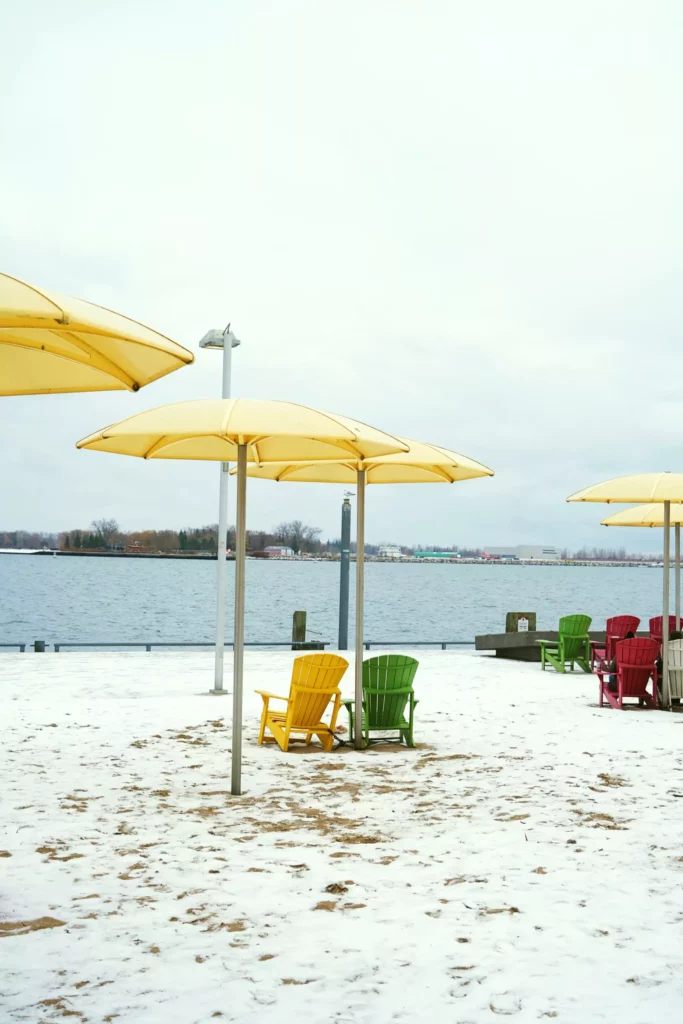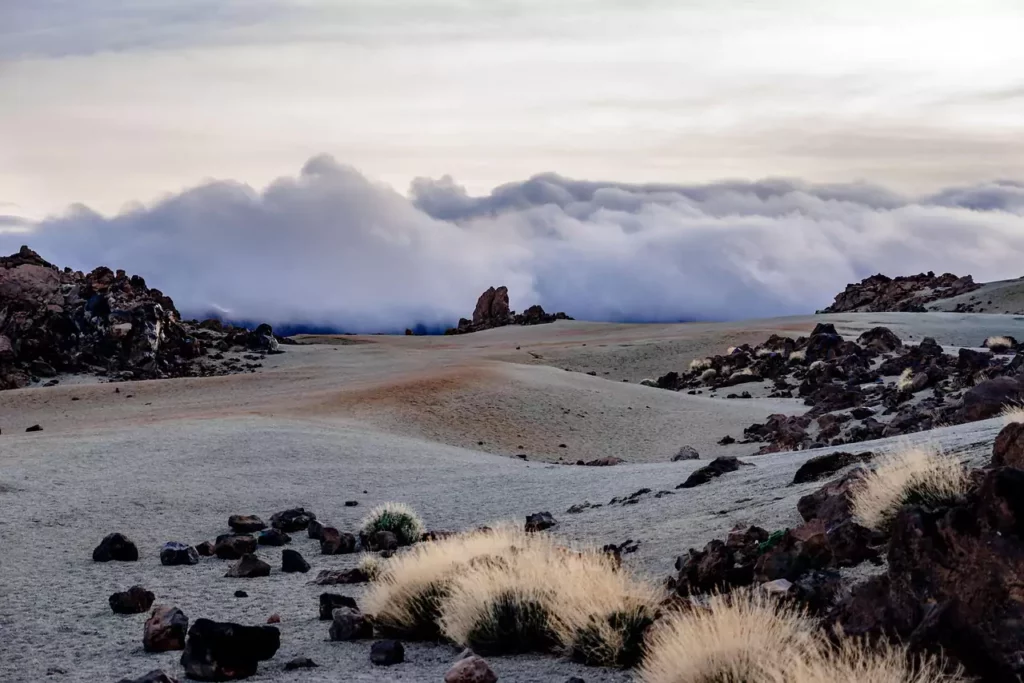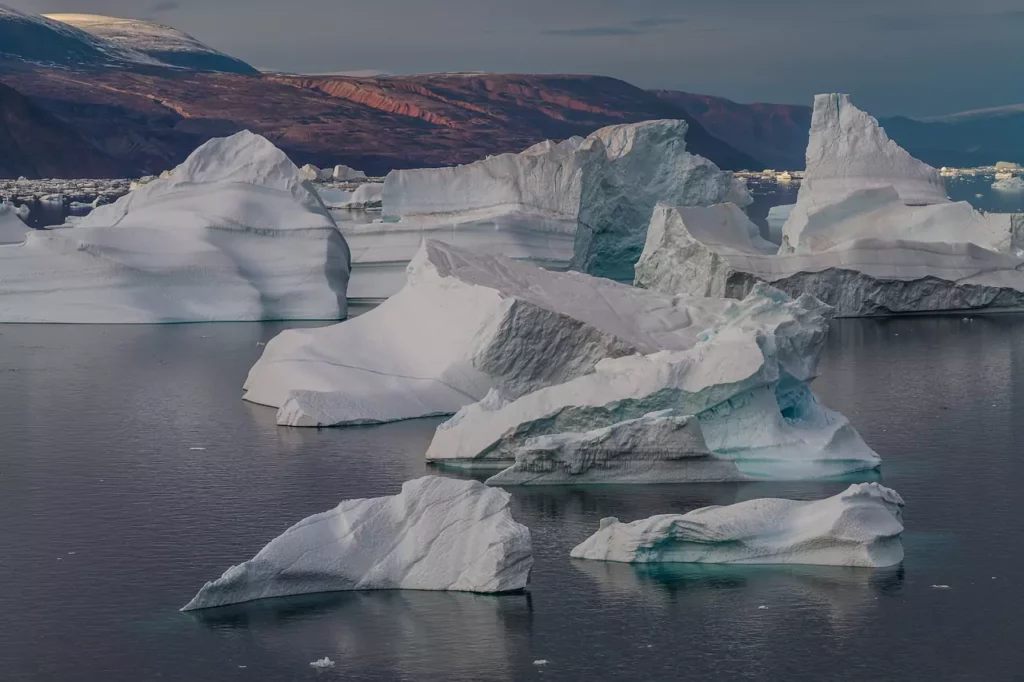
Hack the Time
Want fewer crowds, better prices and surprising seasonal perks? Flip the calendar. Visit snowy destinations in summer and sun-drenched spots in winter and you’ll unlock unique landscapes, local life, and often better value. Here’s how to do it well with hack the season travel / travel off-season tips
Fewer tourists, Calmer attractions, better photos
Lower prices, Accommodation and flights often cheaper off-peak
Different experiences, like midnight sun in Arctic summers, or Canary Island winter surf.
Local rhythms, see how places live outside the postcard season.
Lapland in summer — wildflower valleys, hiking, canoeing and the midnight sun instead of deep winter cold.
Iceland in summer — accessible highlands, puffins, long hiking days, and waterfalls at full flow.
Swiss / Austrian Alps in summer — alpine meadows, cable-car hikes, mountain lakes; swaps skiing for hiking and mountain huts.
Canary Islands in winter — warm beaches, whale watching, off-season surf and orange blossom scent.
Greek islands in winter — empty villages, local tavernas open, cheaper stays, dramatic winter light.
French Riviera or southern Spain in winter — mild weather, festivals, empty promenades.
Scotland in summer — long days, festivals and accessible highland tracks that are closed in winter.
Svalbard in summer — glaciers and bird colonies, boat trips among ice instead of snowmobiling.

Research what’s actually open: museums, cable cars, summer boat runs, restaurants. Off-season means some services pause.
Check weather rhythms: summer can still have cold nights in mountains; winter can be mild in southern coasts. Pack layers.
Book flexible transport: timetables can be sparse off-peak; consider renting a car or checking ferry schedules.
Accommodation: aim for locally-run places: hotels often close in low season; family guesthouses that stay open give the best local intel.
Think activities differently: swap skiing for glacier walks or après-ski for alpine wildflower picnics.
Local events: off-season festivals and harvests give unforgettable access to local life.
Layering base (merino/synthetic) — summer mountains & winter coasts.
Light waterproof jacket + packable insulated midlayer.
Good walking shoes (not just sandals).
Swimwear + quick-dry towel (yes — for winter beaches and hot springs).
Sunblock + sunglasses (long summer days in high latitudes are intense).
Plug adapter, portable charger, and an eSIM for easy connectivity.
Snow destination in summer → hiking, river rafting, wildlife watching, midnight-sun photography, kayaking past ice.
Beach/island destination in winter → surfing, hiking coastal cliffs, local seafood feasts, birdwatching, quiet towns.
Mountain ski-resort in summer → mountain-biking, alpine botanical walks, cable-car lunches.

Lapland (Summer) — 3 days
Day 1: Arrive, settle in, evening river canoe under midnight sun.
Day 2: Hike in the fell country, visit a reindeer farm, long picnic.
Day 3: Local museum + slow café morning, short boat trip on a lake.
Canary Islands (Winter) — 3 days (base: Tenerife)
Day 1: Coastal hike and sunset at a black-sand beach.
Day 2: Whale-watching + afternoon surf lesson.
Day 3: Drive Teide National Park at sunrise (fewer buses, clearer views).
Pros: fewer crowds, better prices, unique seasonal activities, authentic local life.
Cons: reduced services (ferries, restaurants), unpredictable weather, limited transport so plan logistics carefully.